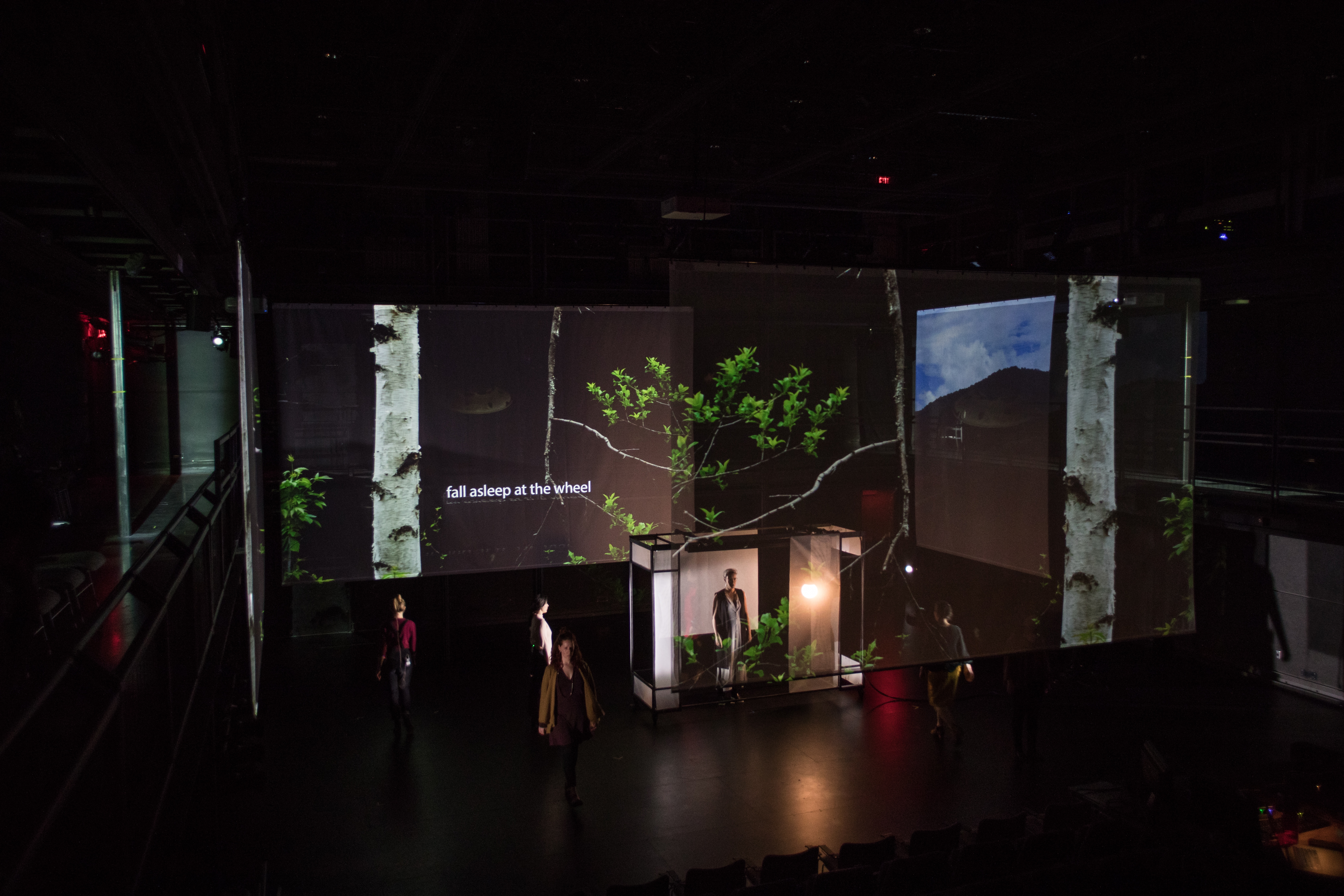THE OPER&
THE OPER&
Music and text by John Supko & Bill Seaman
Narration by Bill Seaman
Performed by Lorelei Ensemble
Direction & stage design by Jim Findlay
Video by Bill Seaman
Video programming by Keith Skretch
Music programming by John Supko
Machine learning programming by Matthew Kenney
Lighting design by Masha Tsimring
Choreography by Anna Barker
THE OPER& (“the operand”) is an opera that talks to its singers and its audience. The conversation includes us because we are all living in a world increasingly mediated by technology, and we are all trying to understand what that means. Operas normally consist of words and music written on paper, and performed in more or less the same way at every show. Most of the components of THE OPER&, however, are stored on computers, which are programmed to search themselves for the right sounds, images, and texts during every moment of the performance.
In each performance, THE OPER& makes four unique versions of itself, demonstrating that the opera is not just a musical form, it's also an intelligent system. As it puts itself together time and again, the computer system shows us its processes, even as it struggles to understand what it is doing. In a way, it’s asking the same big question humans have asked throughout history: how do we make meaning out of our experience of the world? This is an open question, of course, because the answer is different for each person.
THE OPER& explores the question of meaning by generating ephemeral worlds of reciprocal action. Electronic music, sung and spoken text, images from nature and civilization, and physical movement collide, emitting meaning like so many sparks. Sooner or later, something always goes wrong in each generated world; a glitch in the system ends in catastrophe. The entire opera implodes. In time, the process begins again: out of the debris of one world, a new world emerges.
The still point at the center of these swirling and unstable worlds is the ensemble of eight female vocalists (the Lorelei Ensemble) who comprise the onstage cast. With one exception (the section “Alternative Architectures,” in which the computer writes texts for the women to speak rhythmically), Lorelei’s parts do not change. We see and hear the computer’s unpredictable decisions in contrast to the women’s unwavering determination. They sing to the computer and the computer responds, making itself intelligible by using the voice of Bill Seaman.




